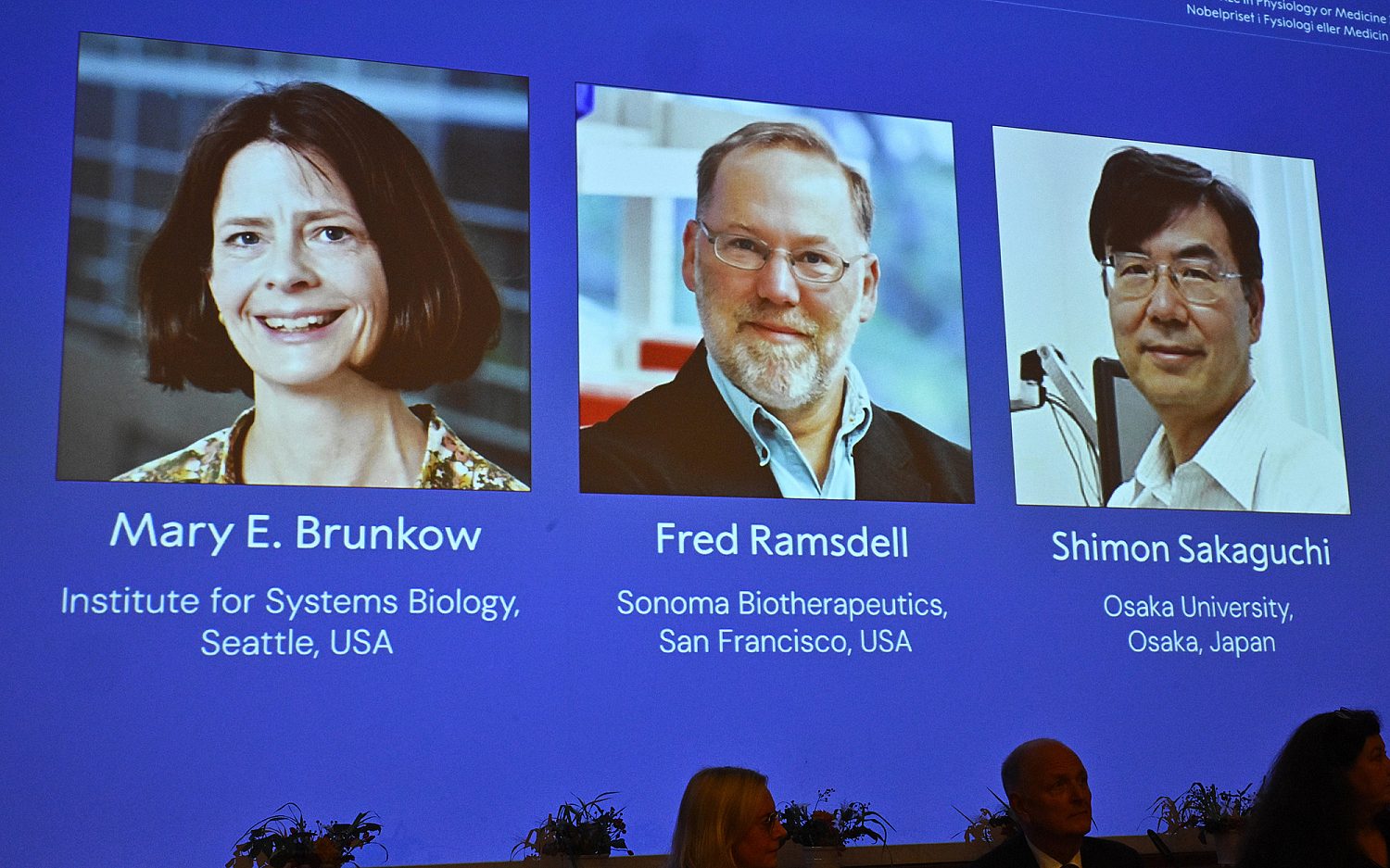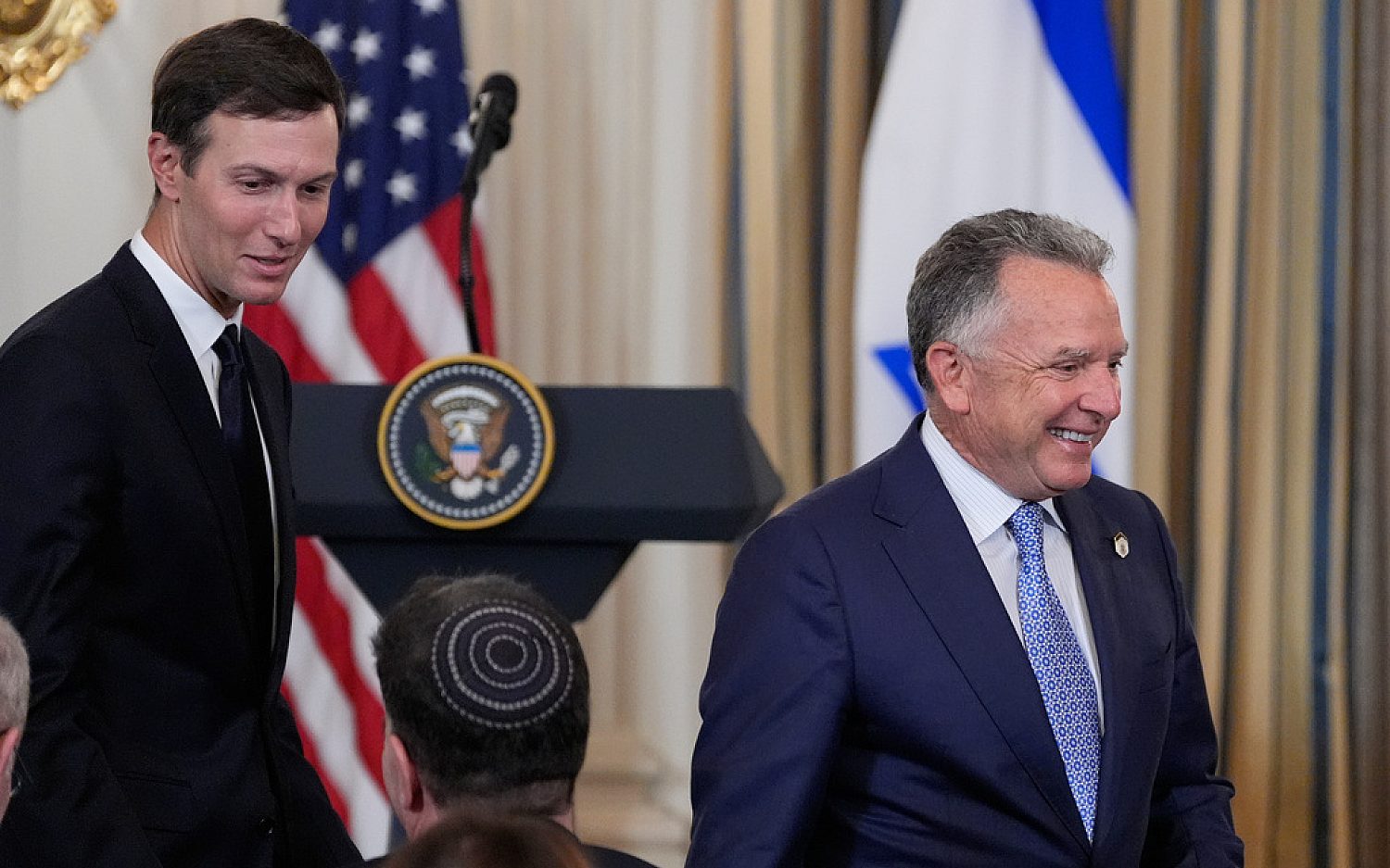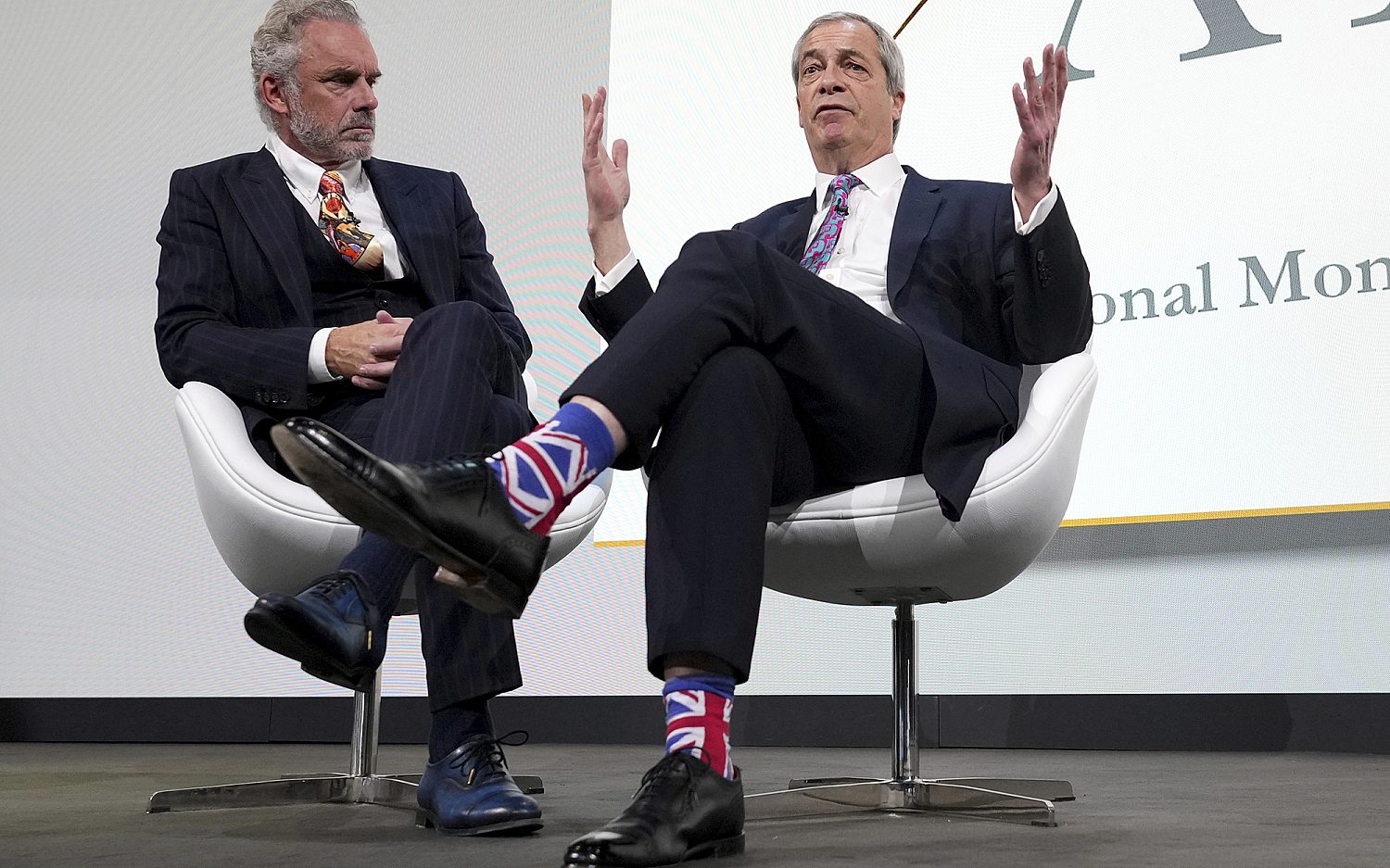Doctors studying 17 U.S. kids born using three-parent IVF process
A New Jersey fertility clinic is investigating the health of 17 teenagers it helped to conceive more than 15 years ago using a controversial and rare IVF procedure involving three parents, according to the British journal The Independent.
The IVF procedure, called cytoplasmic transfer, involves mixing genetic material from two women and one man. In 1996, the Institute for Reproductive Medicine and Science (IRMS) at Saint Barnabas Medical Centre in New Jersey started performing cytoplasmic transfer for women who were infertile because of genetic defects. In 1997, the process resulted in the world’s first “three-parent” embryo.
But the U.S. Food and Drug Administration banned the procedure in 2002. Until now, no follow-up research has been done on any of the approximately 30 infants worldwide conceived using the process.
The IRMS study is timely: the British Parliament plans to consider a bill this fall to legalize a similar IVF technique involving three parents. If passed, Britain will be the only country in the world where the procedure is legal, possibly setting the stage for what critics say will be a slippery slope into genetically modified “designer babies.”
Supporters lobbying for the legislation in Britain argue the process is a medical breakthrough for women with mitochondrial defects. When passed on to their children, defects in the mitochondria, the “powerhouse” of the cell, are linked to a vast number of diseases including Type 2 diabetes, neurodevelopmental disorders like Parkinson’s disease and Alzheimer’s disease, gastro-intestinal disorders, and muscular dystrophy. In mitochondrial DNA transfer, mutated mitochondria from the mother’s egg are replaced by healthy mitochondria from a donor egg before it is fertilized and implanted. When successful, the infant’s mitochondria, carrying the genetic DNA of the donor egg, are healthy.
Critics say the technique crosses a dangerous threshold into DNA modification. Changes made in the DNA of these infants will be passed down to future generations. Because the procedure is rare, very little is known about any possible side effects of a child carrying the DNA of three humans. The process also requires donor eggs, harvested from women in a process that sometimes causes infertility.
No follow-up on infants conceived using the three-person process was conducted until this year, according to Dr. Jacques Cohen, the scientist who carried out the cytoplasmic transfers on the 17 babies while employed by IRMS. “The current follow-up study is ongoing and results will be made available in a medical journal,” Cohen said in an email to The Independent.
The issue of three-parent IVF is slated for a vote in the British Parliament this fall. Earlier this summer, scientists accused the British Department of Health of misleading the public by not calling the technique “genetic modification” and instead comparing it to blood transfusions or a transplant to sidestep criticism.
Lord Robert Winston, Britain’s leading fertility doctor, said the comparison was “totally wrong” and a “bizarre justification” for the treatment.
“Of course mitochondrial transfer is genetic modification and this modification is handed down the generations … an honest statement might be more sensible and encourage public trust,” Winston told The Independent.
An actual newsletter worth subscribing to instead of just a collection of links. —Adam
Sign up to receive The Sift email newsletter each weekday morning for the latest headlines from WORLD’s breaking news team.




Please wait while we load the latest comments...
Comments
Please register, subscribe, or log in to comment on this article.